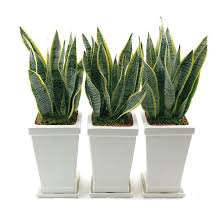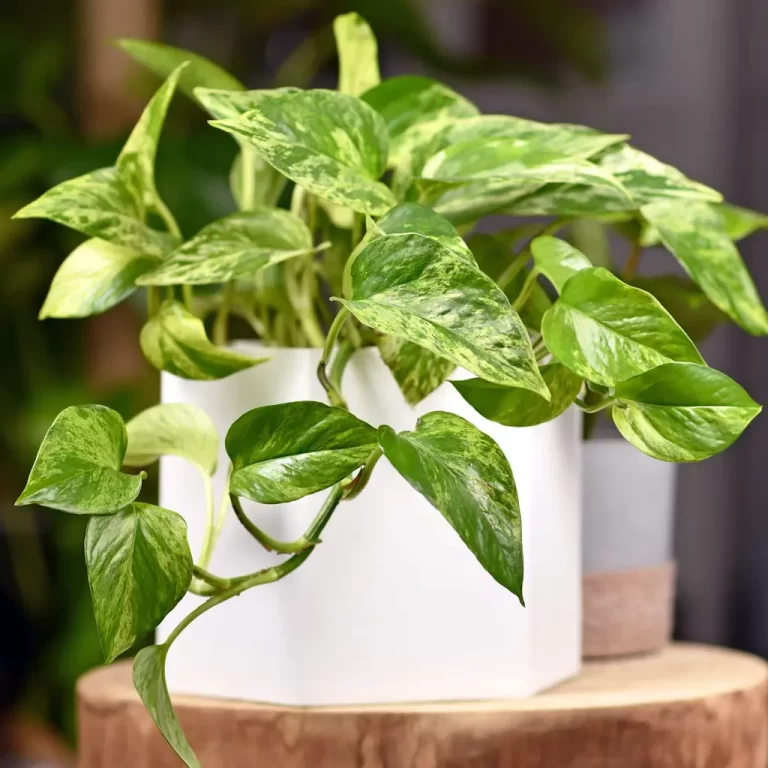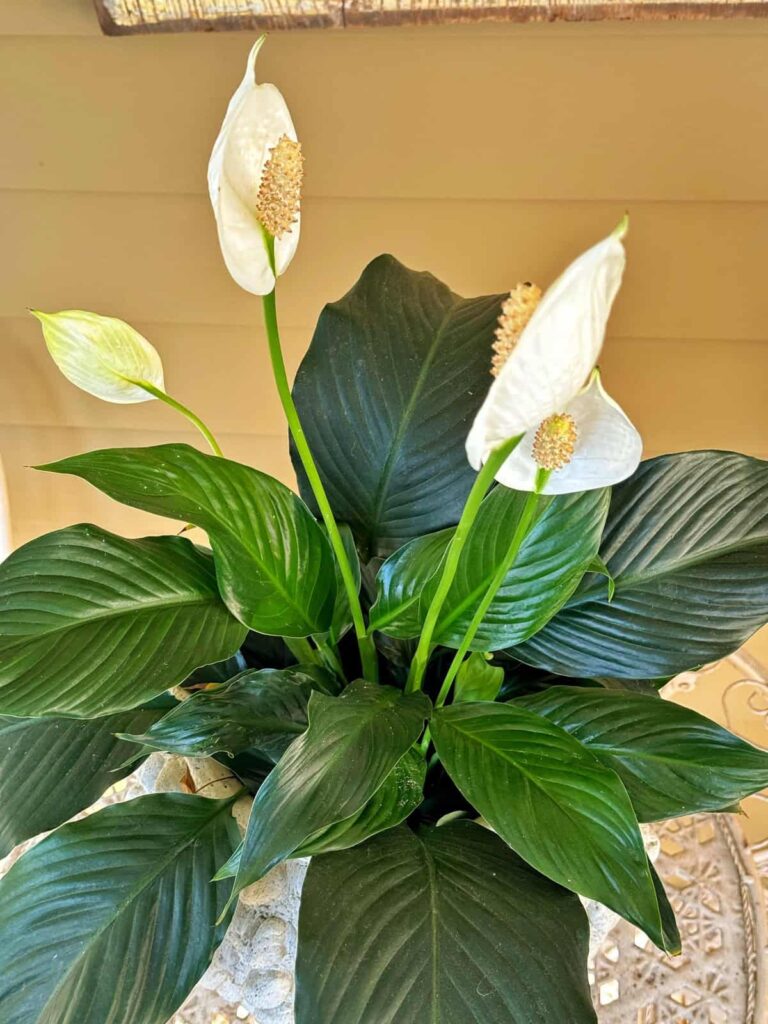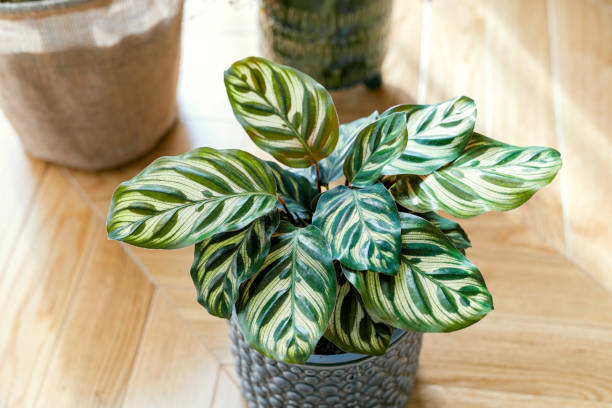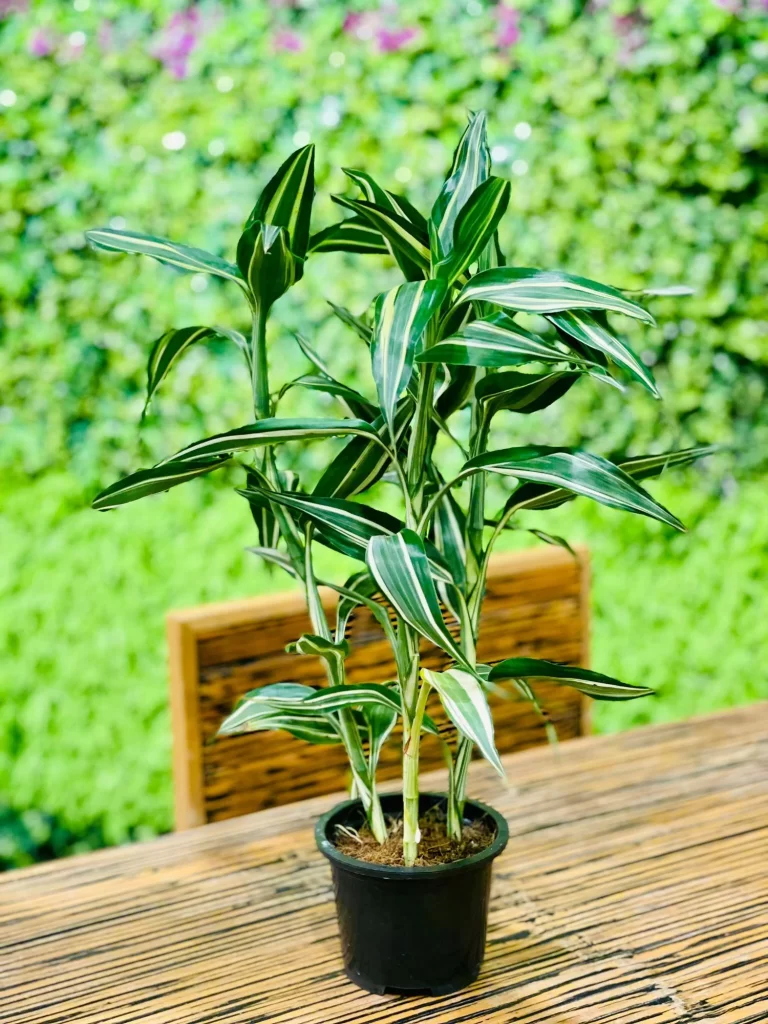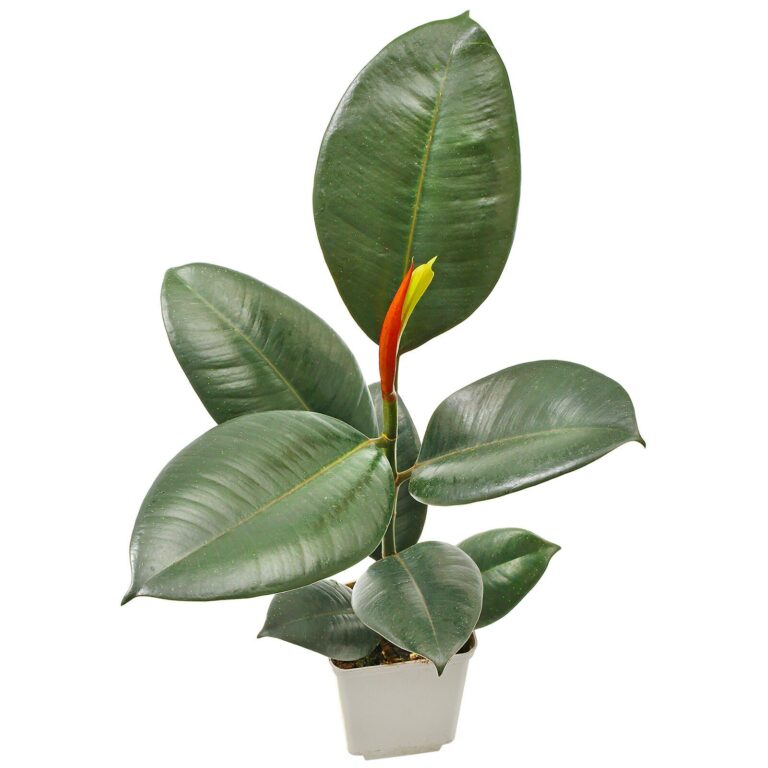Hedera Helix: The Versatile English Ivy
Hedera Helix: The Versatile English Ivy
Did you know that Hedera helix, commonly known as English ivy, is not just a decorative plant but also a powerful air purifier and erosion controller?
Hello, plant lovers! If you are a fan of evergreen climbing plants, you have probably encountered the beautiful and resilient Hedera helix, or English ivy. This plant is admired for its ability to thrive in diverse conditions, making it a favorite among gardeners and interior decorators alike. But did you know that English ivy offers much more than just aesthetic appeal? From improving indoor air quality to providing habitat for wildlife, this plant is a true ecological powerhouse. Let’s dive into the world of Hedera helix and explore its characteristics, benefits, and care tips!
Table of Contents
1. Characteristics of Hedera Helix
Hedera helix, commonly known as English ivy, is an evergreen climbing plant that belongs to the Araliaceae family. Native to Europe and Western Asia, it thrives in a variety of environments, making it a versatile plant for both outdoor and indoor settings. English ivy is known for its fast-growing vines that can climb up to 30 meters (98 feet) using aerial rootlets that attach to surfaces. Its distinctive lobed, dark green leaves are often speckled with lighter veins, creating an elegant appearance.
In addition to its climbing ability, English ivy can also spread horizontally as a ground cover, making it a great option for erosion control. This hardy plant is known for its adaptability, thriving in both sun and shade, and tolerating different soil conditions. Its evergreen nature ensures that it remains vibrant throughout the year, making it a favorite in landscaping.
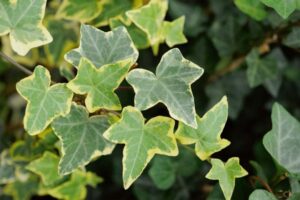
2. Benefits of Growing English Ivy
Beyond its aesthetic appeal, Hedera helix provides numerous benefits, from improving air quality to offering ecological advantages. Below is a table summarizing some of its key benefits:
| Benefit | Description |
|---|---|
| Air Purification | English ivy is known to remove toxins such as benzene, formaldehyde, and mold spores from the air. |
| Erosion Control | As a ground cover, it prevents soil erosion, especially on slopes and in areas prone to runoff. |
| Wildlife Habitat | Provides shelter and food for birds, insects, and other small creatures. |
| Low Maintenance | Requires minimal watering and can thrive in various light conditions. |
3. Ideal Growing Conditions
To ensure healthy growth, it’s important to provide English ivy with the right conditions. Below are key factors that influence its growth:
- Light: Thrives in partial shade but can tolerate full sun or deep shade.
- Soil: Prefers well-draining, loamy soil but can adapt to various soil types.
- Water: Requires moderate watering; prefers slightly moist soil but can tolerate drought.
- Temperature: Hardy in USDA zones 4-9; tolerates cold winters and warm summers.
- Humidity: Adapts well to different humidity levels, making it ideal for both indoor and outdoor growth.
4. Essential Care Tips
Growing English ivy is relatively easy, but following these essential care tips will ensure its best growth:
- Pruning: Regular pruning helps control growth and prevents the plant from becoming invasive.
- Fertilization: Apply a balanced liquid fertilizer once a month during the growing season.
- Watering: Water moderately and allow the soil to dry slightly between waterings.
- Repotting: If grown in containers, repot every 2-3 years to refresh the soil.
5. Common Problems and Solutions
| Problem | Solution |
|---|---|
| Yellowing Leaves | Reduce watering and check for root rot. |
| Pest Infestation | Use insecticidal soap or neem oil. |
| Leggy Growth | Provide more light and prune regularly. |
6. Landscaping and Indoor Uses
- Ground Cover: Ideal for erosion control in gardens.
- Wall Climbing: Adds greenery to exterior walls and fences.
- Indoor Decor: Works well in hanging baskets and pots.
Frequently Asked Questions
Can English ivy grow indoors?
Yes, English ivy thrives indoors as a hanging or potted plant. It prefers bright, indirect light and moderate watering.
Is English ivy toxic to pets?
Yes, English ivy contains compounds that can be toxic to cats and dogs if ingested. Keep it out of reach of pets.
How fast does English ivy grow?
English ivy is a fast-growing plant, capable of spreading several feet in a year under optimal conditions.
Does English ivy need direct sunlight?
No, English ivy prefers indirect or partial shade but can adapt to various light conditions.
How often should I water English ivy?
Water moderately, allowing the soil to dry slightly between waterings. Overwatering can lead to root rot.
Can English ivy damage walls?
Yes, its aerial roots can penetrate and weaken brick or wooden structures over time. Consider growing it on trellises instead.
Conclusion
English ivy is a versatile and visually appealing plant that can enhance both indoor and outdoor spaces. Its adaptability and low-maintenance nature make it an excellent choice for gardeners of all experience levels. Whether you’re using it for ground cover, wall climbing, or interior decoration, proper care will ensure a thriving and healthy plant. We hope this guide has provided you with valuable insights into growing and maintaining English ivy.


